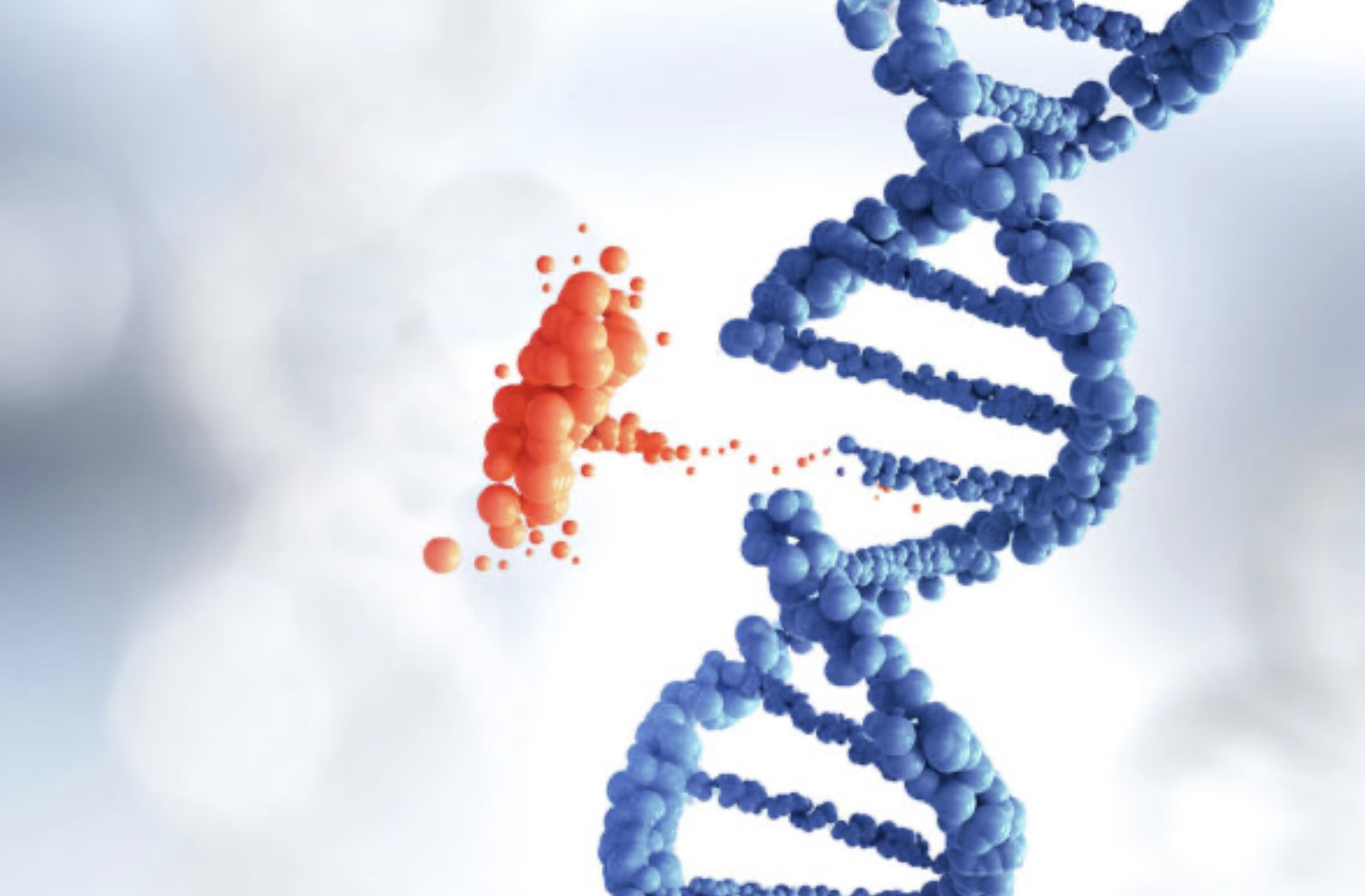Gargoylism: Symptoms, Causes, Treatment
What are the symptoms of gargoylism?
Gargoylism, also known as Hurler syndrome or mucopolysaccharidosis type I (MPS I), is a rare genetic disorder that affects multiple systems in the body. It is characterized by the deficiency of an enzyme called alpha-L-iduronidase, which is needed to break down certain complex sugars called glycosaminoglycans (GAGs). The buildup of GAGs in the body leads to progressive damage to tissues and organs.
Symptoms of gargoylism can vary widely in severity and may include:
- Facial features: Individuals with gargoylism often have distinct facial features, including coarse facial features, a flattened nasal bridge, thickened lips, and a protruding tongue.
- Skeletal abnormalities: Gargoylism can cause skeletal abnormalities, including short stature, a curved spine (scoliosis), and abnormalities in the shape and structure of the bones.
- Joint stiffness: Stiffness and limited range of motion in the joints, especially in the hips and shoulders, are common in individuals with gargoylism.
- Organ enlargement: Gargoylism can lead to enlargement of the liver and spleen, which can cause abdominal distension and discomfort.
- Corneal clouding: The buildup of GAGs in the corneas can cause clouding of the corneas, which can lead to vision problems.
- Heart problems: Gargoylism can affect the heart valves, leading to heart murmurs and other cardiac problems.
- Respiratory problems: Gargoylism can affect the structure of the airways, leading to respiratory problems such as obstructive sleep apnea and recurrent respiratory infections.
- Developmental delay: Children with gargoylism may experience delays in reaching developmental milestones, such as sitting, crawling, and walking.
- Cognitive impairment: Gargoylism can affect cognitive development, leading to intellectual disability in some cases.
It’s important to note that the symptoms of gargoylism can vary widely from person to person, and not all individuals will experience all of these symptoms. If you or your child is experiencing symptoms of gargoylism, it’s important to consult with a healthcare provider for an accurate diagnosis and appropriate management.
What are the causes of gargoylism?
Gargoylism, also known as Hurler syndrome or mucopolysaccharidosis type I (MPS I), is caused by mutations in the IDUA gene, which provides instructions for making the enzyme alpha-L-iduronidase. This enzyme is responsible for breaking down complex sugars called glycosaminoglycans (GAGs), which are a normal component of many tissues in the body.
Mutations in the IDUA gene lead to a deficiency or complete absence of alpha-L-iduronidase activity, resulting in the buildup of GAGs in cells throughout the body. The accumulation of GAGs leads to progressive damage to tissues and organs, resulting in the signs and symptoms of gargoylism.
Gargoylism is inherited in an autosomal recessive pattern, which means that a person must inherit two copies of the mutated gene (one from each parent) to develop the condition. If both parents are carriers of a mutated IDUA gene, each of their children has a 25% chance of inheriting two mutated copies and developing gargoylism.
It’s important to note that not all individuals with mutations in the IDUA gene will develop gargoylism, and the severity of the condition can vary widely among affected individuals. Genetic counseling and testing can help individuals understand their risk of having a child with gargoylism and make informed decisions about their healthcare.
What is the treatment for gargoylism?
The treatment for gargoylism, also known as Hurler syndrome or mucopolysaccharidosis type I (MPS I), aims to manage symptoms and improve quality of life. Treatment options may include:
- Enzyme replacement therapy (ERT): ERT involves administering a synthetic form of the enzyme alpha-L-iduronidase, which is deficient in individuals with gargoylism, intravenously. ERT can help reduce the buildup of glycosaminoglycans (GAGs) in the body and improve symptoms, but it does not reverse existing damage.
- Hematopoietic stem cell transplantation (HSCT): HSCT, also known as bone marrow transplantation, is a procedure in which healthy stem cells from a donor are transplanted into the individual with gargoylism. The healthy stem cells can produce the missing enzyme, alpha-L-iduronidase, and reduce the buildup of GAGs. HSCT is most effective when performed early in life before significant damage has occurred.
- Supportive care: Supportive care is an important aspect of managing gargoylism and may include physical therapy, occupational therapy, and speech therapy to help maintain mobility, function, and communication skills.
- Surgical interventions: Surgical interventions may be necessary to address specific complications of gargoylism, such as spinal cord compression, joint contractures, or corneal clouding.
- Medications: Medications may be prescribed to manage symptoms such as pain, respiratory problems, and heart complications.
- Regular monitoring: Regular monitoring by a healthcare team, including specialists in genetics, neurology, cardiology, and other areas, is important to track disease progression and manage symptoms effectively.
It’s important for individuals with gargoylism to receive comprehensive care from a multidisciplinary team of healthcare providers to address the various aspects of the condition and improve quality of life. Early diagnosis and intervention can help improve outcomes for individuals with gargoylism.




